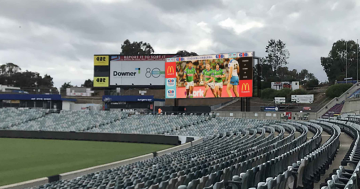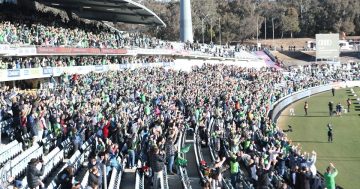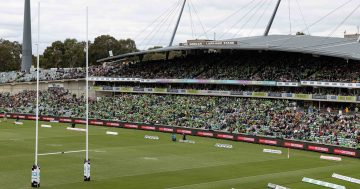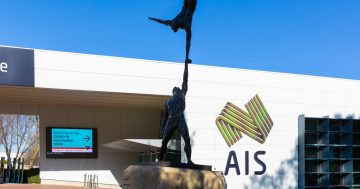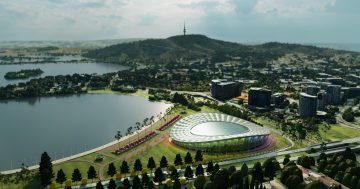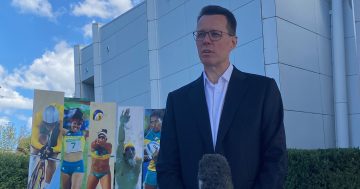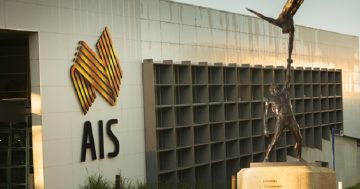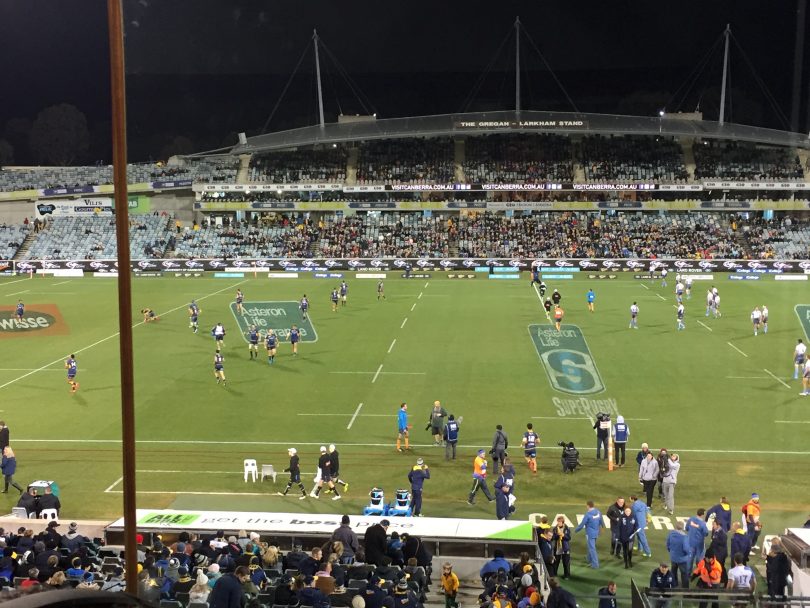
Many sports fans have long lamented the Bruce location for how far away it is, how old the infrastructure is and how cold it is. Photo: Jennifer Andrew.
Chief Minister Andrew Barr poured water on his – and many Canberrans’ – dreams of a city stadium earlier this year as he revealed the cost of moving Parkes Way was a barrier too big to surmount.
The government now continues to work towards a plan to redevelop the Australian Institute of Sport precinct, with the Chief Minister saying that is the preferred option for a future stadium.
Exhibition Park remains in the running, although only as a backup option in case the AIS plans fall through.
Mr Barr also categorically ruled out proposals for sites in the inner north which some have recently flagged.
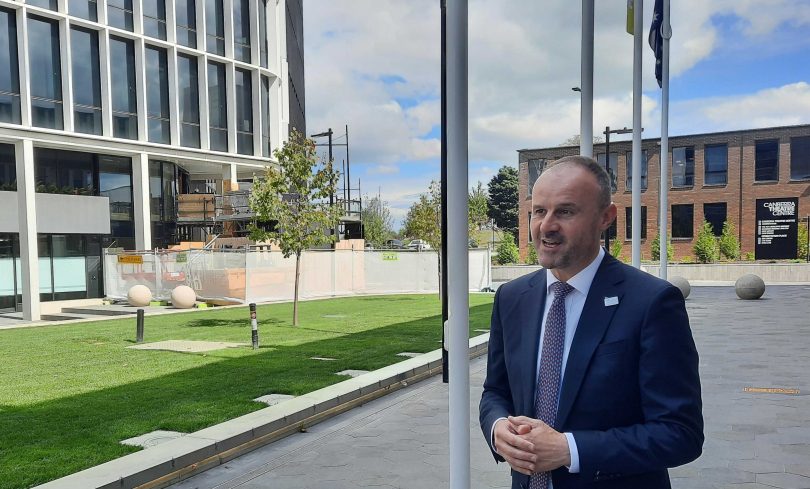
Chief Minister Andrew Barr has long wanted to build a city stadium but conceded earlier this year it was very challenging on the civic pool site. Photo: Ian Bushnell
Canberra Liberal MLA Leanne Castley questioned Mr Barr in annual reports hearings on Thursday (3 November) about whether the government was considering alternative locations like Turner and near the ANU.
Mr Barr said he was aware of proposals to develop Southwell Park and ovals near the ANU but said they posed obvious challenges.
“Both of those have major floodplains, as obviously, Sullivans Creek runs through the middle,” he said.
“I can see why the locations are appealing … but one is a major community sports precinct so removing the land for an elite sporting facility would have implications.
“The other site is not owned by the Territory. It is not a large site and it’s also a floodplain.”
Mr Barr said planning and zoning issues would need to change to facilitate those locations and they remained constrained.
Instead, he said the most likely and now preferred option was that the Australian Sports Commission – which owns Canberra Stadium – would seek to redevelop it and discuss its future with the Territory government.
The ACT Government currently leases the site from the Commonwealth.
Ownership and who is paying for the new stadium continue to be up for discussion, Mr Barr said.
“If the Territory government is paying for the new stadium then the question of land ownership and asset ownership [arises],” he said.
“A preferable outcome would be Territory ownership.”
In budget estimates hearings in August, Mr Barr said moving Parkes Way could cost upwards of $140 million and therefore the Civic Pool site, long signalled as a future stadium site, was becoming increasingly complex.
As well as the cost of the road, issues around how steep that stadium would need to be and whether it would pay for itself given how infrequently stadiums are used compared with infrastructure like the theatre, Mr Barr said.
Those comments led to uproar in some sections of the community who have long decried Bruce Stadium for its ageing infrastructure, ‘far-away’ location and cold winds.
It also ended Mr Barr’s decade-long ambitions to build a stadium in the city centre.












